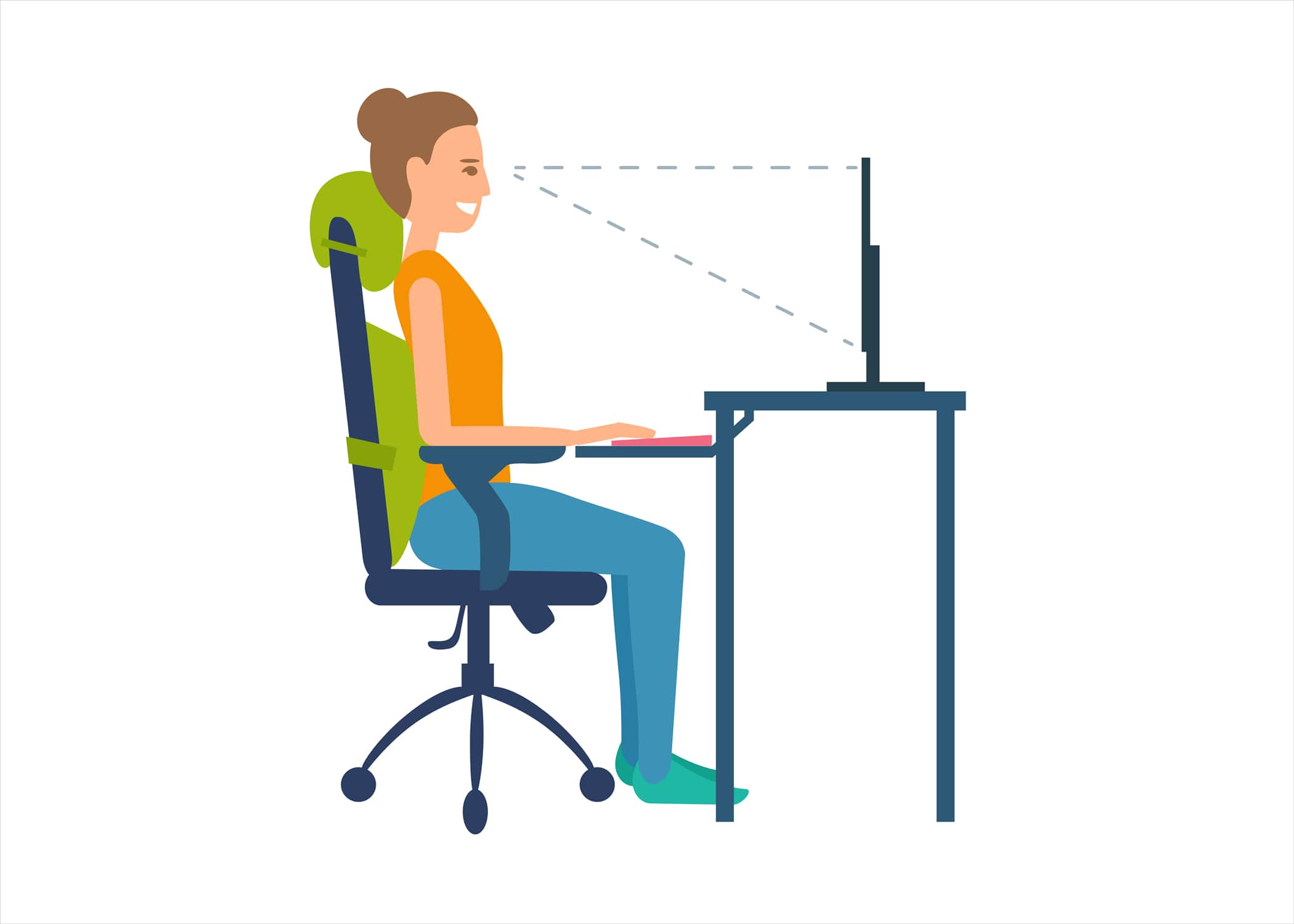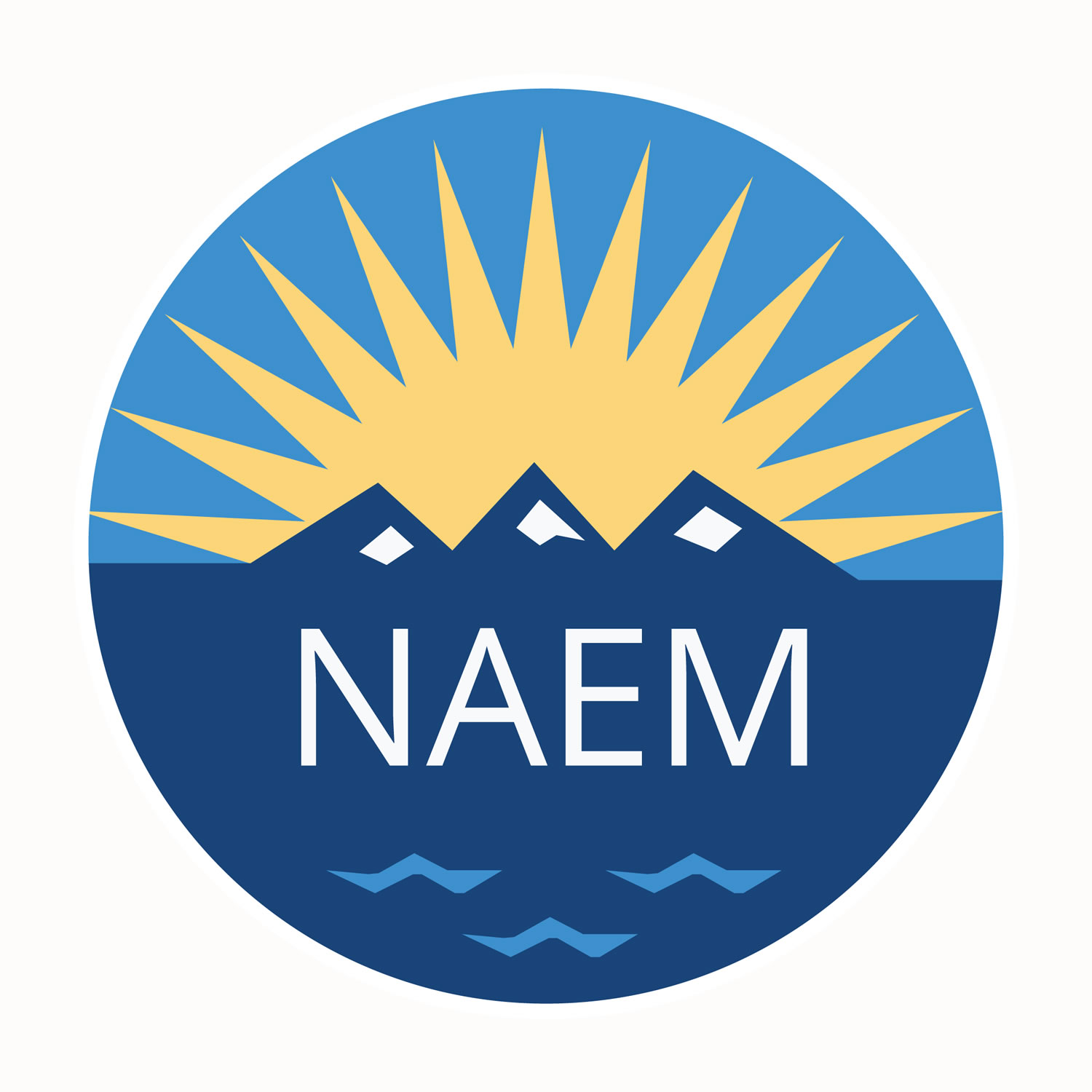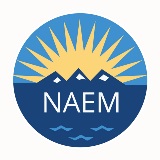How Does Your Ergonomics Program Stack Up?

GT: What is an ergonomics maturity curve?
WR: The maturity curve really is a visualization of the different phases or approaches that companies have used to manage musculosketal disorders (MSDs) over time. There are quite a few different approaches that employers use to manage them. There are reactive programs, preventive programs, proactive programs, and we really found the structure of it through our work with clients over the last 30 years, as well as our benchmarking studies and published best practices. We found that there are some approaches for managing MSDs that are not as effective and not as efficient. . As they move further up the maturity curve, they focus more and more on reducing the risk factors that cause those injuries. In other words they move from managing the consequences to managing the cause of those injuries, or managing the source.
GT: What are the risk factors that cause MSDs?
WR: The primary risk factors that cause MSDs are awkward posture, high force, and the time elements of either high frequency or long duration. The presence of a combination of these on any joint in the body increases the chances of developing an MSD. The risk factors have not changed significantly since the research that was done by the National Institute for Occupational Safety and Health over 20 years ago when they discovered what the true root causes are of MSDs.
GT: How does the maturity curve self-assessmentwork?
WR: We provide a self-assessment that allows companies to quickly determine the approaches they currently use to manage MSDs today. It is a really simple, back-of-the-envelope evaluation based on a series of questions about how they manage MSDs. This is not an assessment of the workplace conditions. It is an assessment of how they manage MSDs.
GT: What are some of the characteristics of a leading approach to ergonomics?
WR: Leading companies, the ones that are more proactive, focus on improving the design of the workplace. They focus on the causes of MSDs, rather than reacting to the consequences. They use a risk-based approach and we’ve found through benchmarking studies that those organizations align their ergonomics process with a continuous improvement model so that it’s truly not a program. It’s an ongoing process for improving the workplace.
GT: What is the benefit to working with a maturity curve?
WR: The Maturity Curve provides a framework for an organization to determine how they are managing MSDs today, and help them plan how they can improve their process for managing those workplace issues so that they can better improve their programs. Simply put, it helps them determine where are they today vs. where do they want to be. In addition, it provides the process elements and steps they need to work on to get from Point A to Point B to be more effective and more efficient in reducing the causes of MSDs and ultimately preventing work related injuries and losses.
To learn more about how to create a continuous improvement process for ergonomics, register for NAEM’s Sept. 12 webinar “Navigating to Success Using the Ergonomics Maturity Curve".
Topics:
Health & Safety
Related
About the Author

NAEM Staff
The National Association for Environmental, Health and Safety, and Sustainability (EHS&S) Management (NAEM) empowers corporate leaders to advance environmental stewardship, create safe and healthy workplaces and promote global sustainability. As the
leading business community for EHS&S decision-makers, we provide engaging forums, a curated network, peer benchmarking, research insights and tools for solving today’s corporate EHS&S management challenges. Visit us online at naem.org.

